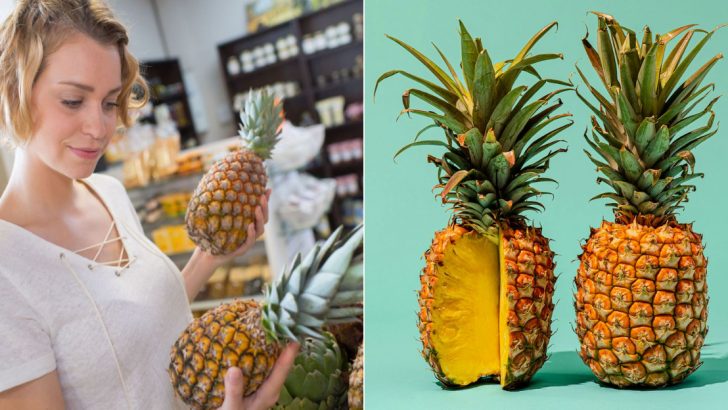Standing in the produce section, eyeing those spiky tropical fruits can be downright intimidating!
Picking a pineapple isn’t just about grabbing the prettiest one – it’s an art form that separates the sweet, juicy victories from the sour disappointments.
Whether you’re planning a tropical smoothie or garnishing a homemade pizza, these foolproof steps will transform you into a pineapple-picking pro faster than you can say ‘piña colada’!
1. Sniff The Bottom
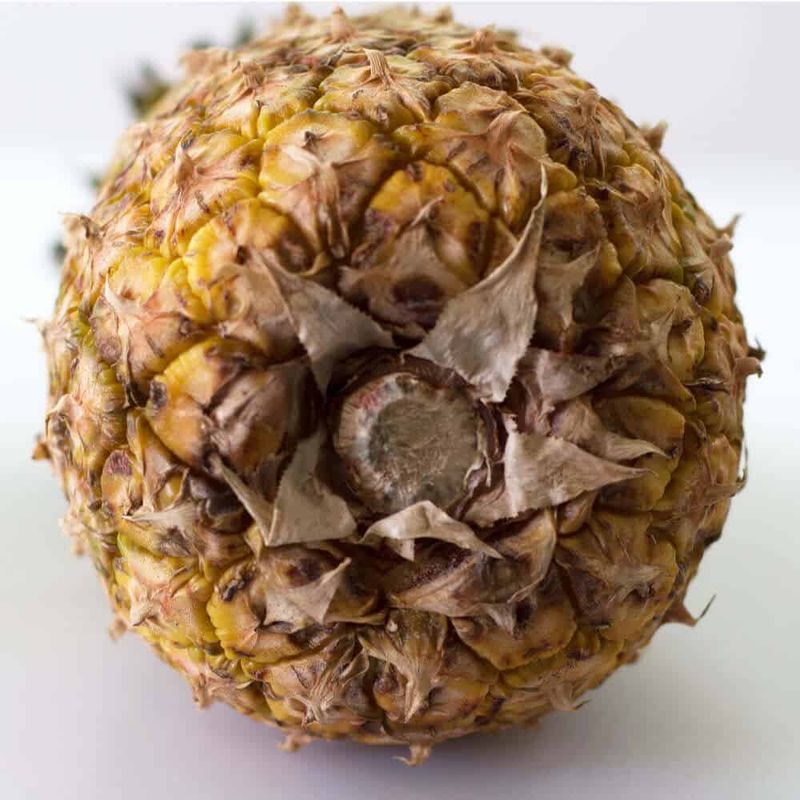
Ever wondered why seasoned shoppers are sniffing pineapple bottoms? The base reveals everything! A fragrant, sweet aroma indicates ripeness and promises tropical deliciousness inside.
If there’s no scent whatsoever, that pineapple probably needs more time to ripen. Avoid ones with fermented or sour smells – those babies are overripe and heading downhill fast!
2. Check The Color Pattern
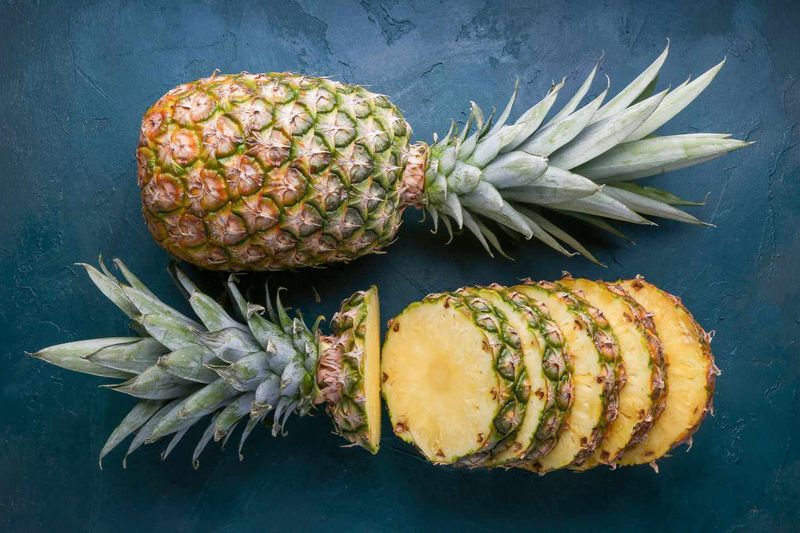
Yellow what? The perfect pineapple showcases a golden-yellow hue spreading upward from the base. Those green ones aren’t necessarily unripe – some varieties maintain greenish shells even when perfectly sweet inside!
Watch for that yellow-to-golden transition around the eyes and base. Avoid completely brown specimens, as they’ve likely crossed into overripe territory.
3. Give It A Gentle Squeeze

Contrary to popular belief, pineapples shouldn’t be rock-hard! A slight give when squeezed indicates perfect ripeness – not mushy, but certainly not brick-solid either.
How firm is too firm? Think of it like an avocado that’s ready to eat tomorrow – there should be just a hint of softness. Too much squish means you’ve got fruit fly bait, not breakfast material!
4. Inspect The Leaves

What if I told you the crown speaks volumes? Those spiky green leaves should stand tall and proud! Vibrant, fresh-looking foliage indicates your pineapple was recently harvested.
Beware of browning, wilting, or easily-pulled leaves – they’re sending an SOS that this fruit is past its prime. A healthy crown means healthy fruit beneath, so don’t ignore these leafy messengers!
5. Lift And Weigh
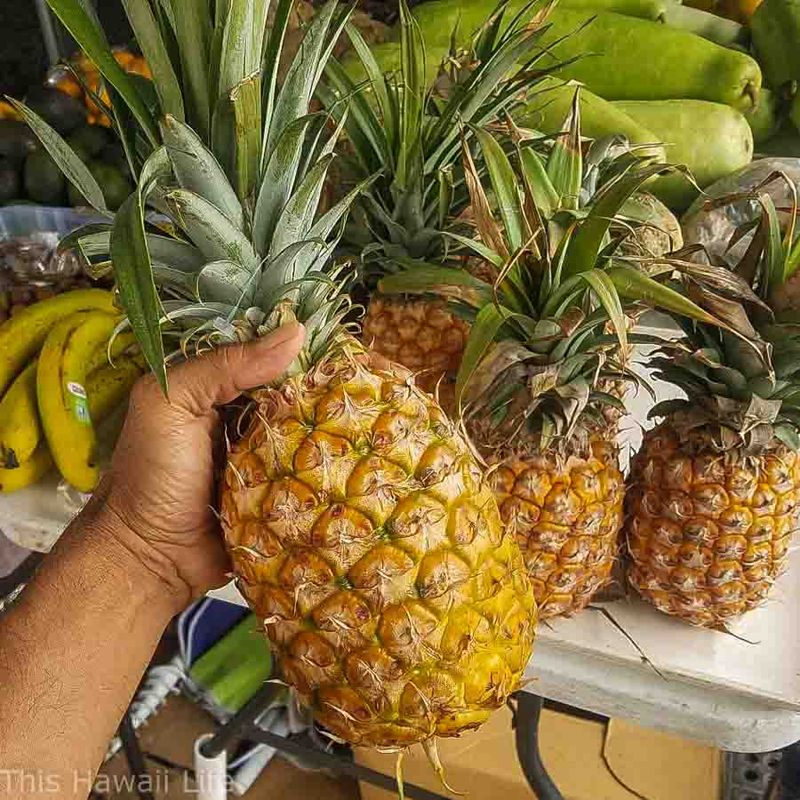
Holy heaviness, Batman! A surprisingly weighty pineapple compared to its size means one thing: juice-packed perfection! Pick up several similar-sized specimens and compare – heavier ones contain more juice and less air pockets.
If it feels suspiciously light, leave that lightweight behind! The heft test rarely fails and requires zero special equipment beyond your own two hands.
6. Examine The Shell Pattern
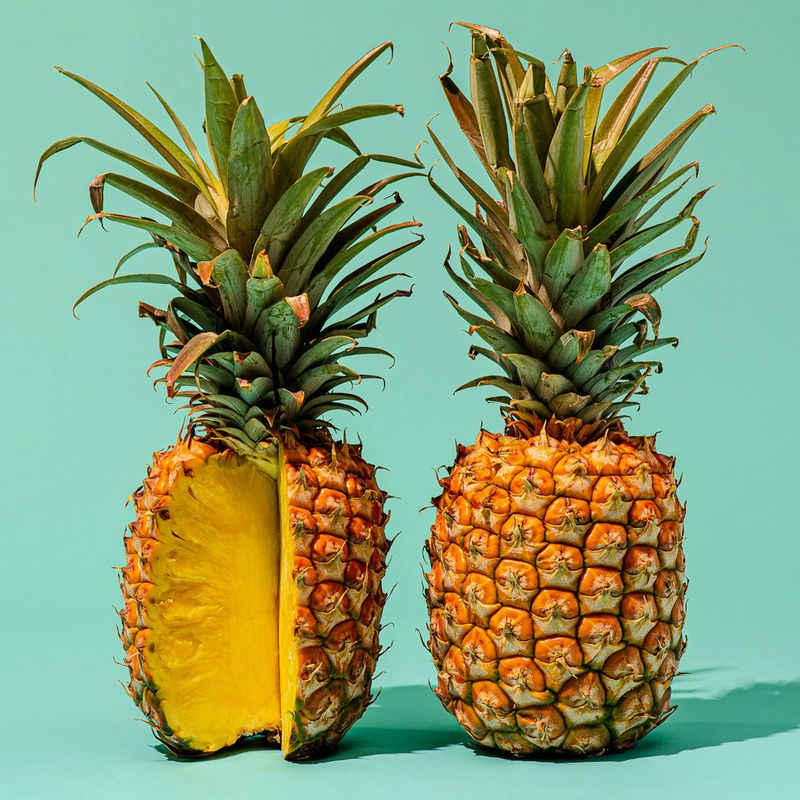
Those hexagonal scales (called ‘eyes’) should be relatively flat and even-sized throughout. Bulging, separated eyes? Run away! That’s an indication of internal fermentation or spoilage.
Though seemingly trivial, the eye pattern reveals internal secrets. Look for uniformity without major dents, cracks, or leaking areas. Mold spots or excessive bruising? Leave that pineapple for someone else’s science experiment!
7. Tug A Center Leaf
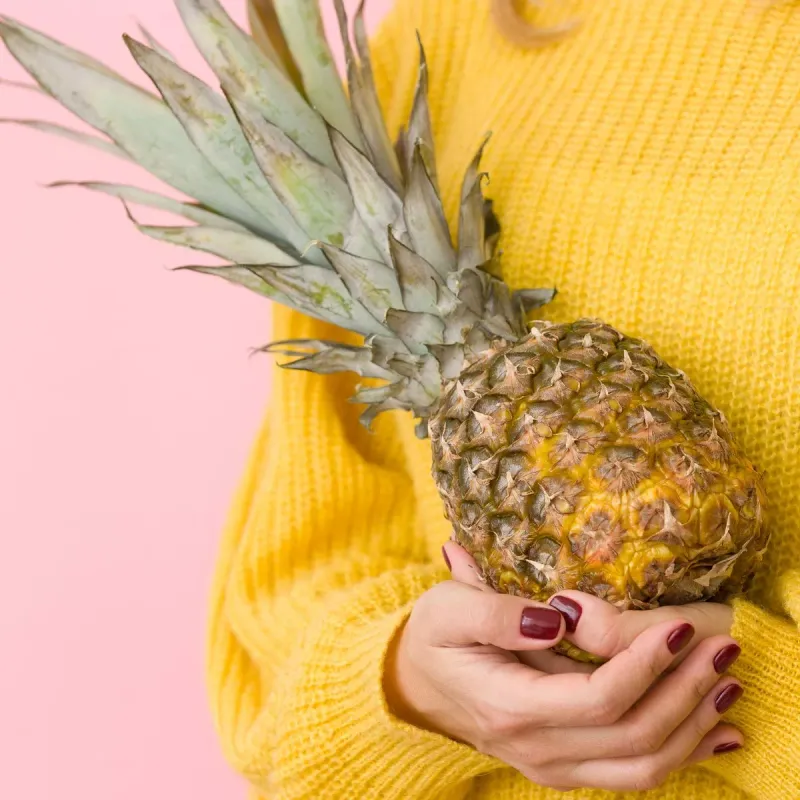
Grab that confidence and yank a single leaf from the center of the crown! If it slides out easily with minimal resistance, congratulations – you’ve found a ripe specimen ready for consumption.
Where does this trick come from? Old-school Hawaiian wisdom! If the leaf fights back stubbornly, your pineapple likely needs more ripening time. Share this party trick at your next grocery outing!
8. Consider The Season
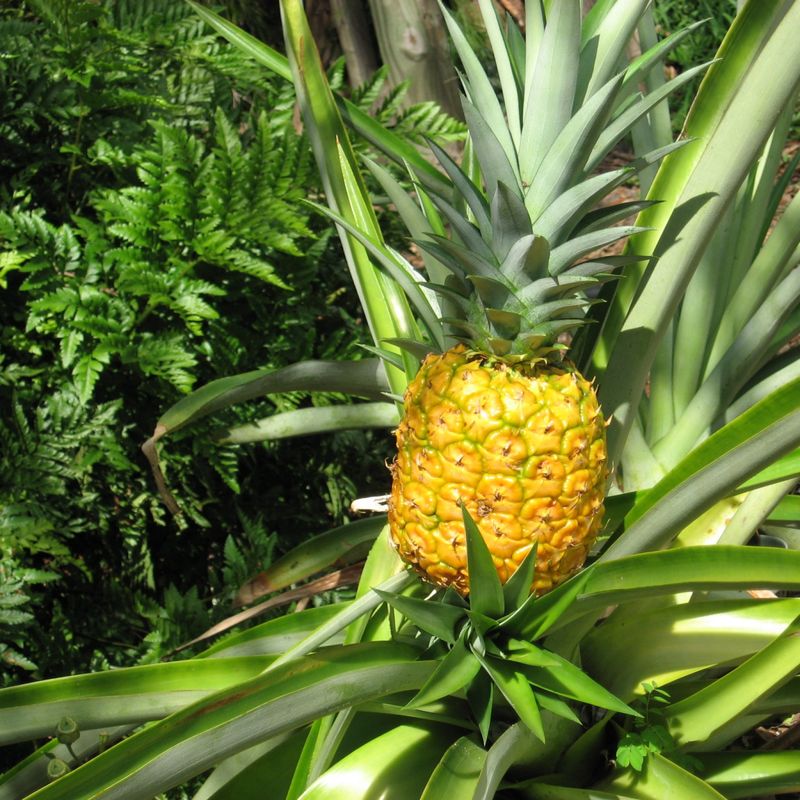
March through July marks peak pineapple paradise! Though available year-round thanks to global importing, these tropical treasures reach their flavor zenith during spring and early summer months.
Outside prime season? Fear not! Look for signs of proper ripening rather than calendar dates. However, seasonal awareness gives you an edge in finding naturally ripened versus artificially ripened fruits. Timing is everything!
9. Tap And Listen
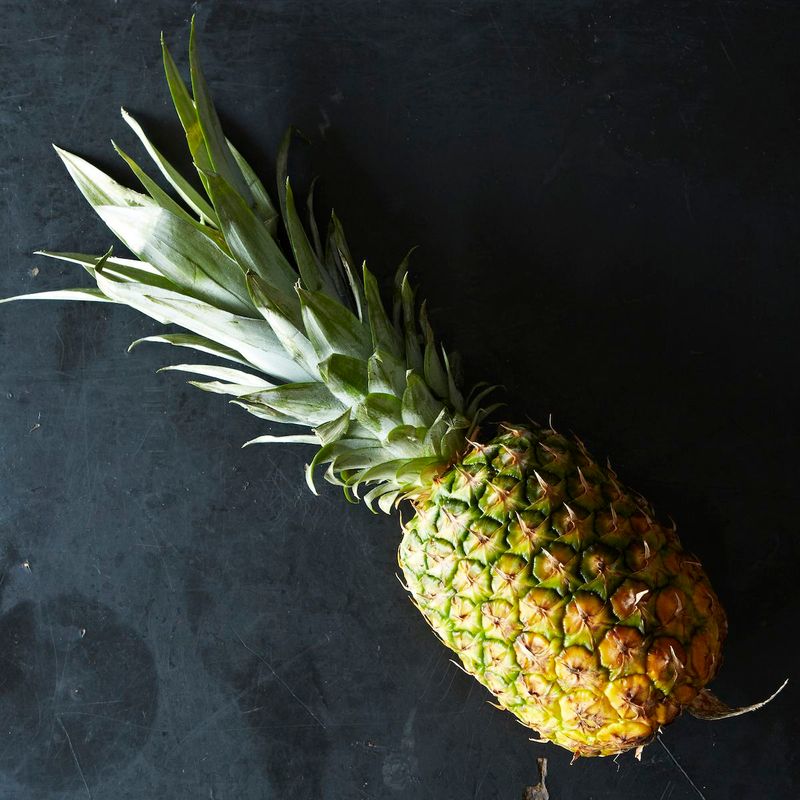
Knock-knock! Who’s there? A perfectly ripe pineapple! Give that spiky specimen a gentle tap with your knuckles and listen closely – a solid, deep sound indicates dense, juice-filled flesh.
Hollow or dull sounds? That’s your cue to move along! This percussion test works because ripened fruit develops a different density than unripe or overripe specimens. Try it next time for sonic selection success!
10. Check The Base For Mold
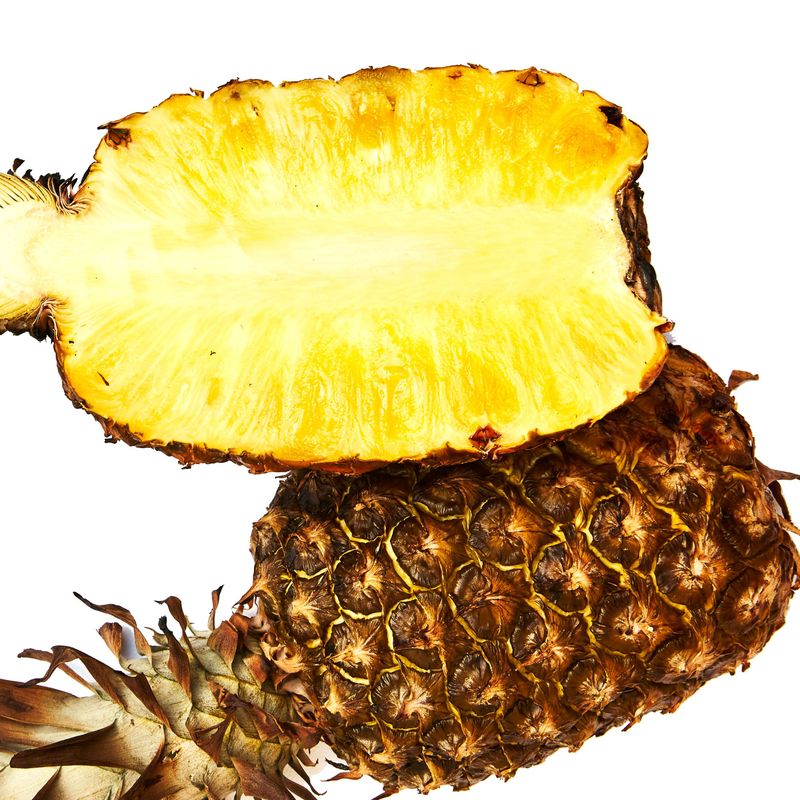
Flip that tropical beauty upside down immediately! The bottom often reveals hidden secrets – specifically, sneaky mold that can ruin your pineapple experience.
Look for white, fuzzy patches or dark, wet-looking spots. Even small amounts of mold indicate internal spoilage has begun. Don’t gamble with this – once mold appears, it’s already penetrated deeper than you can see!

